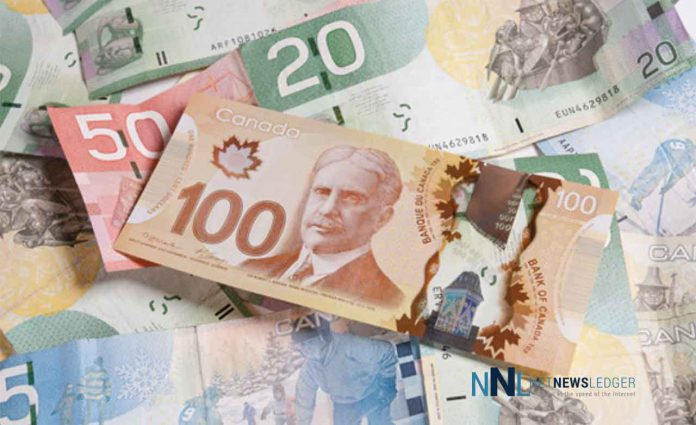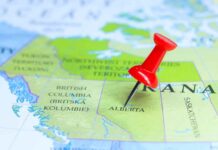CALGARY – VIEWPOINT – The Alberta government can learn from Alaska and introduce better rules for the province’s Heritage Fund, which would include inflation-proofing the fund and paying dividends to residents, finds a new study released today by the Fraser Institute, an independent, non-partisan Canadian public policy think-tank.
“For many years the provincial government has ignored or eliminated rules governing the Heritage Fund, which is now much smaller than it would otherwise have been,” said Tegan Hill, economist at the Fraser Institute and co-author of Repairing Alberta’s Heritage Fund for the Long Term.
Both the Alberta Heritage Fund and Alaska’s Permanent Fund were created in 1976 to save a share of resource revenues (oil, gas, minerals, etc.) for future generations.
However, due to the Heritage Fund’s relatively weak rules, the Alberta government stopped consistently contributing to the fund and spent nearly all the earnings from the fund. As of 2019/20, the value of the Heritage Fund was C$16.2 billion compared to US$65.3 billion for Alaska’s Permanent Fund.
But if Alberta had from the beginning (again, 1976) adopted some of Alaska’s rules—which include a constitutional requirement to deposit 25 per cent of all mineral revenues into the fund each year, mandatory “inflation-proofing” to maintain the fund’s real value, and paying dividends to residents—the value of the Heritage Fund would exceed $234 billion today.
Dividend payments paid to residents from Alaska’s Permanent Fund have helped protect and sustain the fund over time. Indeed, because Alaskans have a vested interest in the fund, it’s harder for politicians to change the rules when fiscal or economic times get tough.
Based on the Alaskan model, Albertans could have received $101.5 billion in total dividends—or $1,018 (inflation-adjusted, on average) per person each year.
“If Albertans received an annual dividend, policymakers in the province would feel compelled to more prudently maintain the Heritage Fund,” Hill said.








